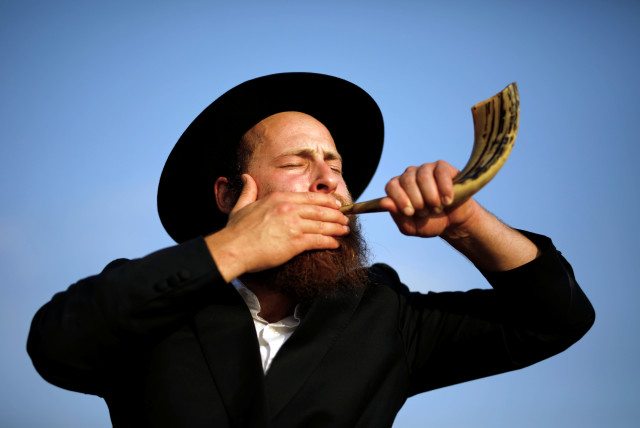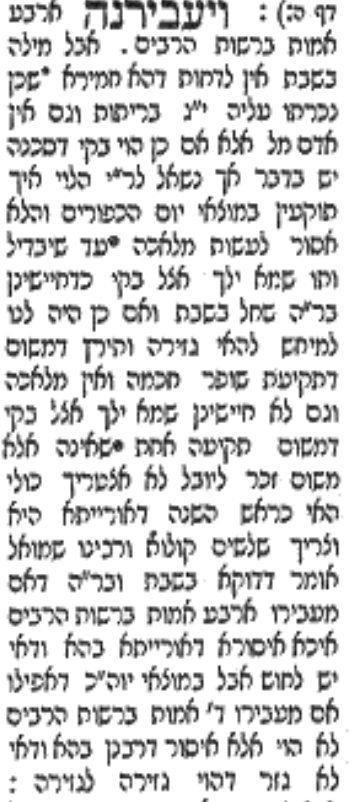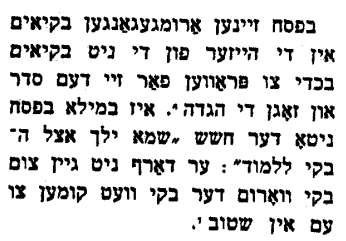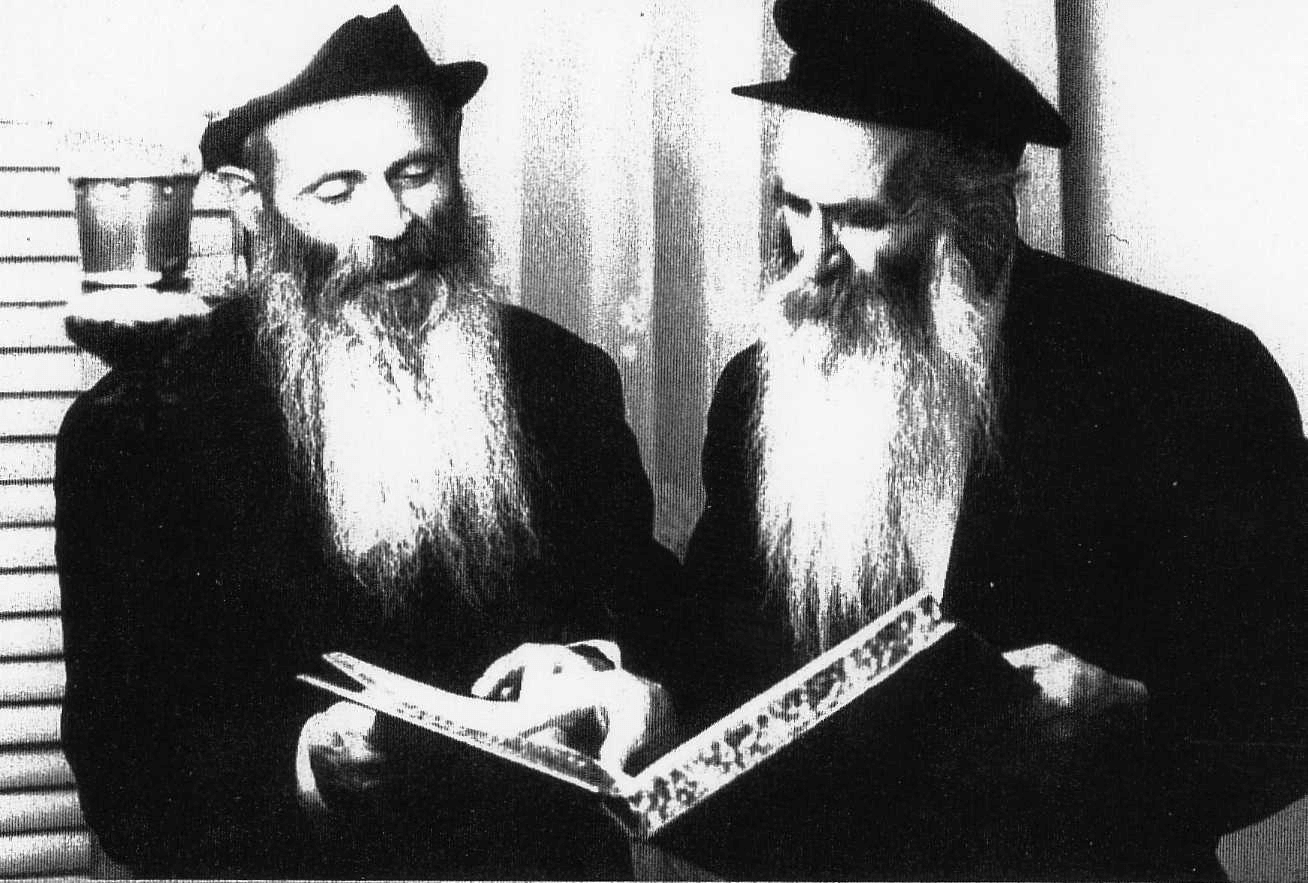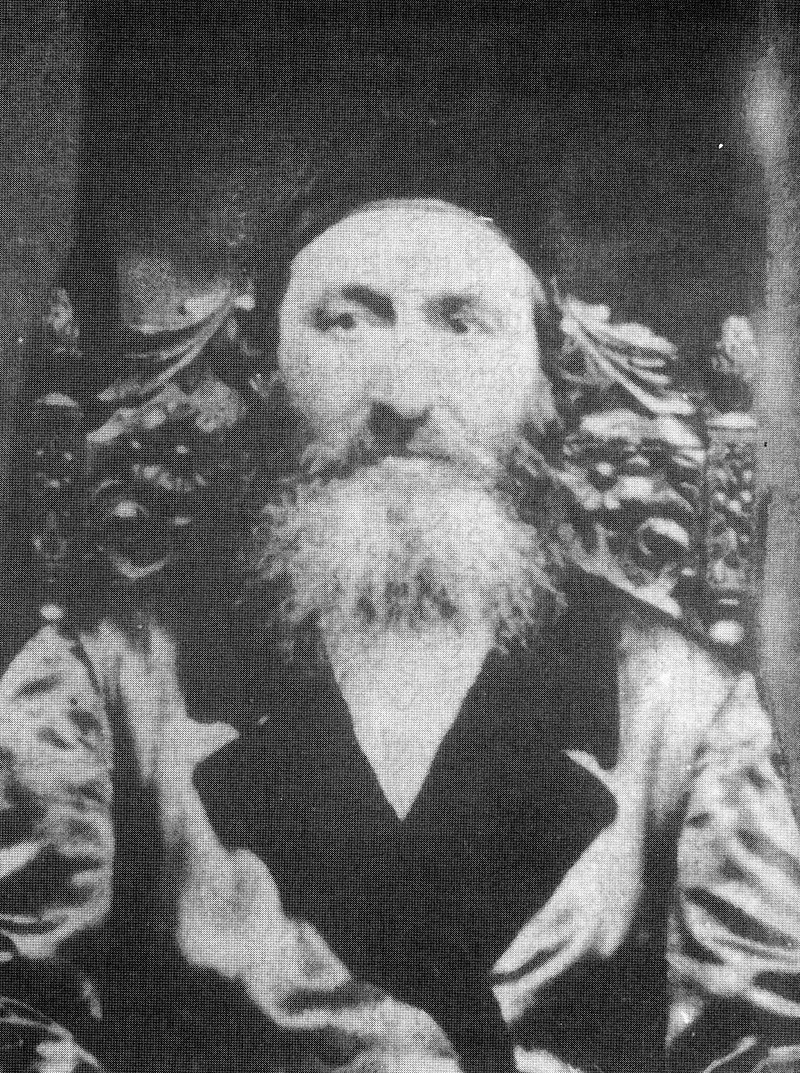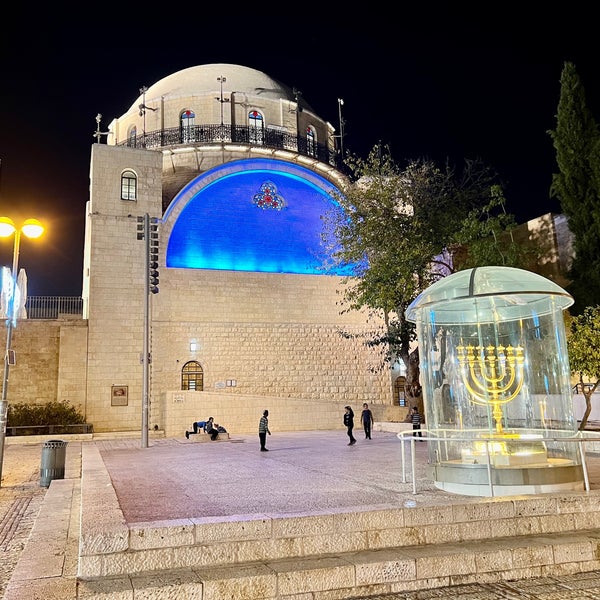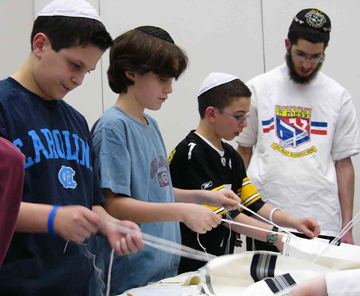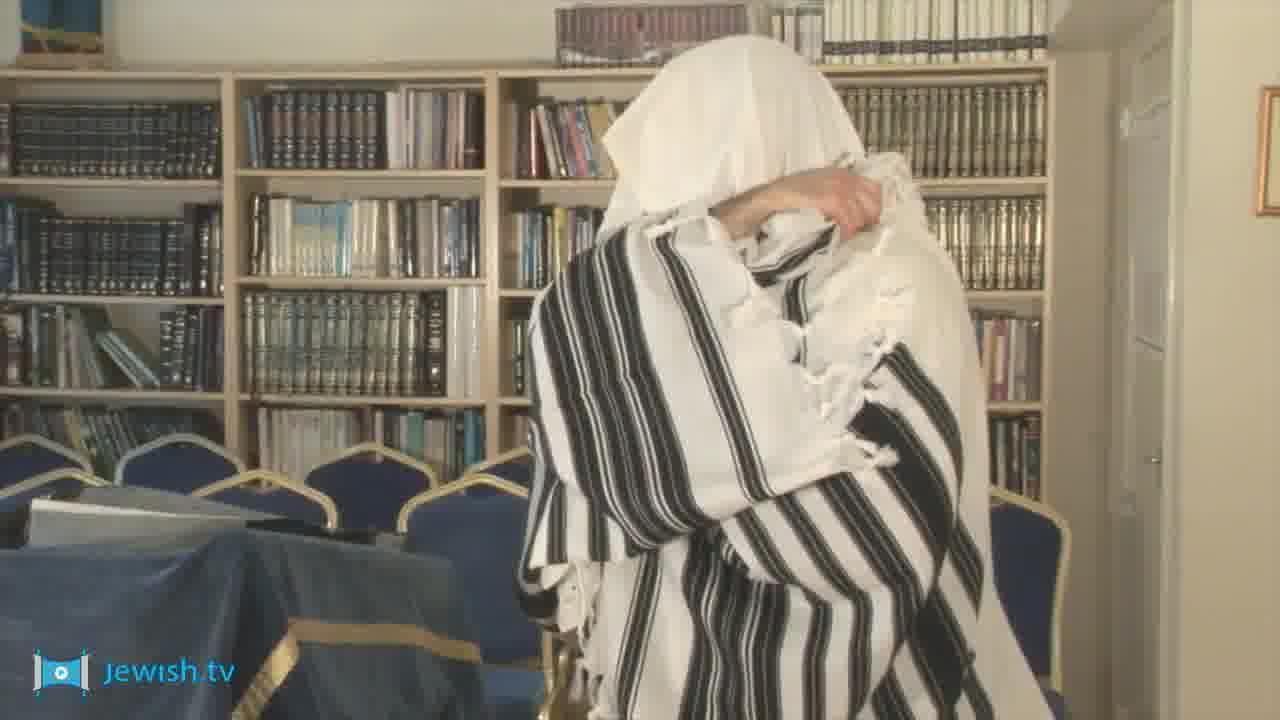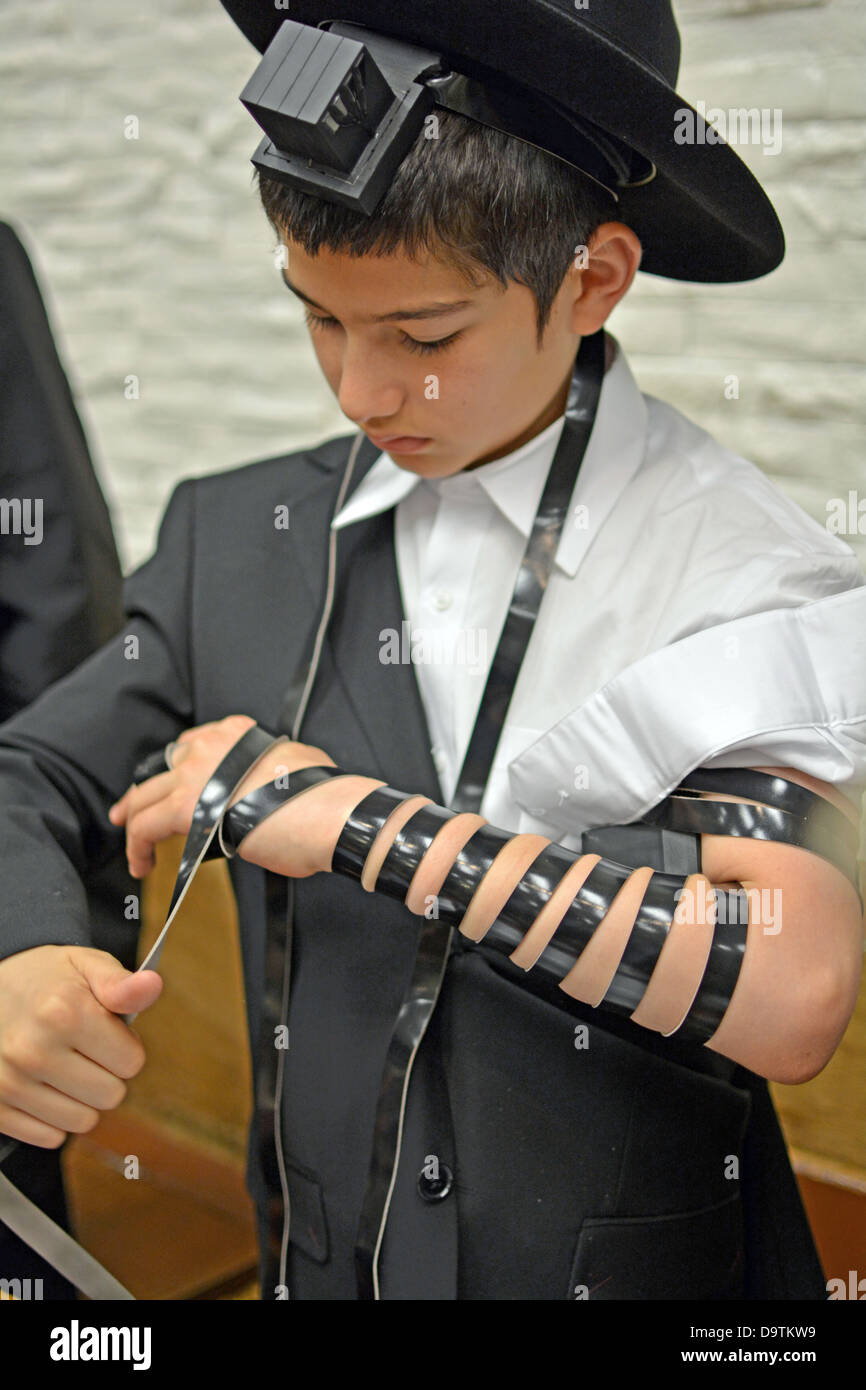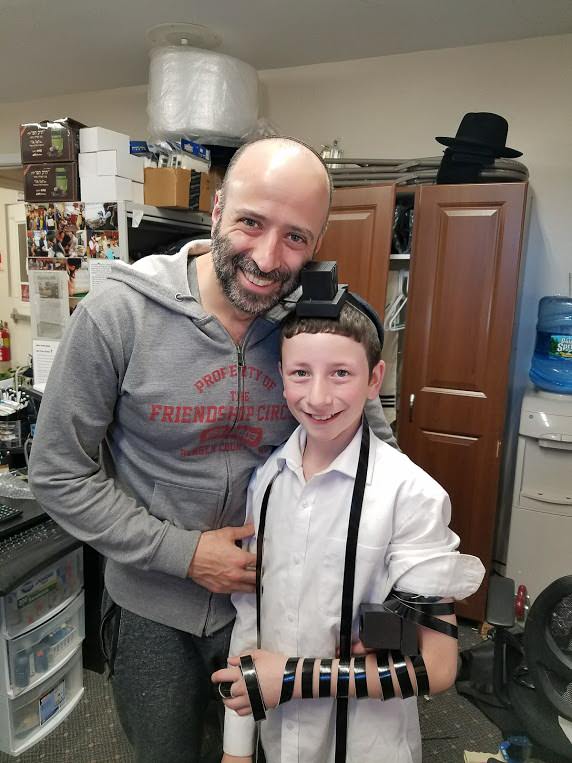BSD
Sukkah 43b
Elul 24, 5782. September 20, 2022
1- We continued our Gemara that discusses the Mitzvah of ערבה (what we call הושענות) in the בית המקדש and the Minhag that was enacted זכר לחורבן.

2 – We highlighted the interesting statement of the Gemara about ערבה:
עֲרָבָה שִׁבְעָה. כֵּיצַד? עֲרָבָה בִּשְׁבִיעִי מַאי טַעְמָא דָּחֲיָא שַׁבָּת? אָמַר רַבִּי יוֹחָנָן: כְּדֵי לְפַרְסְמָהּ שֶׁהִיא מִן הַתּוֹרָה.

Something that is not mentioned explicitly in the Torah, like ערבה, was granted importance to counter the בייסותים.
ערבה, being that it’s an הלכה למשה מסיני, a Mitzvah the בייסותים denied, was allowed to be observed on Shabbos, as opposed to Lulav.

מצוות הושענה במקדש
What is amazing is that after the Churban, when the ערבה Minhag was instituted זכר למקדש, the set calendar which Hillel created, ensures that הושענא רבה never occurs on a Shabbos.
But why didn’t he ensure that Rosh Hashanah does not fall on on Shabbos? Or the first day of Sukkos where Lulav, like Shofar, is a מצות עשה מן התורה?
The answer is as above, to help perpetuate the מסורה, the Chachamim gave the Minhagim ‘more importance’ that even a מצוה דאורייתא.
Other ראשונים say the reason is that Shofar and Lulav, if not observed on Shabbos, can at least be at be observed the next day, on Sunday.
ערבה, on the other hand, if הושענא רבה occurs on Shabbos, we cannot do it on שמיני עצרת because it would ‘embarras’ שמיני עצרת.
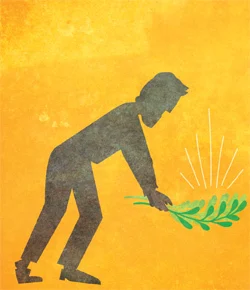
3 – In regards to the amount of Hadasim one should place in the Lulav, we reread the few lines on Daf 34b. Where it states:
׳ תַּנְיָא, רַבִּי יִשְׁמָעֵאל אוֹמֵר: ״פְּרִי עֵץ הָדָר״ — אֶחָד. ״כַּפֹּת תְּמָרִים״ — אֶחָד. ״עֲנַף עֵץ עָבוֹת״ — שְׁלֹשָׁה. ״עַרְבֵי נַחַל״ — שְׁתַּיִם.
From this it would seem that there is an exact number to use.
No more than 1 Lulav, 1 Esrog, 2 Arovos and no more than 3 Hadassim. However, it’s not so simple.

No one uses more than 2 ערבות. If one cannot add ערבות why could one add הדסים?
Here is what the Rambam says Lulav 7,7:
- כַּמָּה נוֹטֵל מֵהֶן.
- לוּלָב אֶחָד וְאֶתְרוֹג אֶחָד וּשְׁנֵי בַּדֵּי עֲרָבָה וּשְׁלֹשָׁה בַּדֵּי הֲדַס.
- וְאִם רָצָה לְהוֹסִיף בַּהֲדַס כְּדֵי שֶׁתִּהְיֶה אֲגֻדָּה גְּדוֹלָה מוֹסִיף. וְנוֹיֵי מִצְוָה הוּא.
- אֲבָל שְׁאָר הַמִּינִין אֵין מוֹסִיפִין עַל מִנְיָנָם וְאֵין גּוֹרְעִין מֵהֶן.
- וְאִם הוֹסִיף אוֹ גָּרַע (פָּסוּל):

He allows more Hadasim but not more Aravos. Can we assume that adding more Aravos will not add to the נוֹיֵי מִצְוָה?
Where is his source that if one adds more ערבות it is פסול?
The Kesef Mishneh writes that the חכמים of the Provence in France wrote that the Rambam late in his life changed his mind and ruled that adding more than 2 ערבות is כשר. Hence the word פסול is printed in parentheses. Additionally, the Rambam writes that in the Gemara there is a source for adding more הדסים. Where in the Gemara however, remains a mystery.
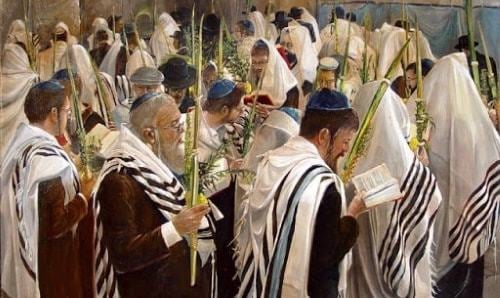
4 – We discussed if the circling around the בימה with the Lulav in a counterclockwise direction is intentional. In the Southern Hemisphere do they do it in reverse?…..

Story of Reb Meir Aurbach who suspected that a witness, who claimed to have have been present at divorce overseas, was not being truthful.
He casually asked him if he remembers when the wife, during the Get procedure, circled her husband (to undo the circling under the Chuppa at the קידושין) if it was in a direction opposite to the one that was done when they got married…..
The witness said, indeed it was the opposite direction….
5- We discussed the Mitzvah of ביכורים and the question of the Alshich. The trip to ירושלים with the first fruit was a festive occasion and procession as elaborated in Mishnayos Bikurim. Now one can understand if a farmer with many acres of produce makes this time consuming trip hauling up the first fruit from every tree. He may even need a 20’ truck.
However, for those less fortunate with just one or two trees…. how can we expect him to ‘close shop’ for a few weeks (if he lived in the Golan) and make the trip? His entire הבאת ביכורים of one Rimon and one date fit into his pocket!

The Alshich answer at length that the Torah expects one to show thanks and appreciation for the ‘small’ gifts we receive from above.
The דרשנים add, based on the Midrash that at the conclusion of the ceremony of the bringing the ביכורים one would hear a בת קול- see you next year. תזכה לשנה הבאה.
That promise of דער לעב איבער א יאר was enough to entice even small farmers to make the trip.
שפת אמת ליקוטים פ’ תבוא.
במדרש תנחומא בת קול יוצאת תשנה לשנה הבאה. לכאורה תמוה דאם כך לא מת אדם מעולם דודאי נתקיים הבת קול אם כן לעולם יחיה האדם. ויש לומר כי הבת קול היתה רק אחר הקריאה. וגם אי הביא בלא קריאה כגון מחג ואילך מכל מקום נתקיים בזה הבת קול אם כן שפיר משכחת להיות נפסק הבת קול בשנה אחת. עוד יש לומר כי הבת קול היתה בשכר הבאת הביכורים אם כן יש לומר דלעולם היה הבת קול נפסק שנה שניה כיון דהביא בכח גזרת הבת קול דשנה ראשונה אם כן נפסק בשנה שניה רק בשלישית שהביא מעצמו שוב היתה הבת קול וכן לעולם
ואומרים בשם הפני מנחם שאולי נפטרו בשנה שאחרי שמיטה שלא הביאו
ביכורים ועד”ז הי’ בחורבן הבית
שהי’ במוצאי שביעית
Do we receive this בת קול today?
Perhaps.
The Gemara (BB 12b) states that when the Beis Hamikdash was destroyed נבואה was given to children and שוטים. In comparison to previous generation we can humbly admit that we fit that category…..
So perhaps that is the source of the Minhag to wish each other לשנה טובה תכתב ותחתם….
A Gut Yor to all.



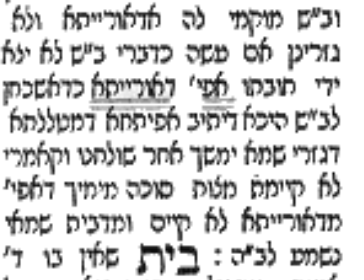


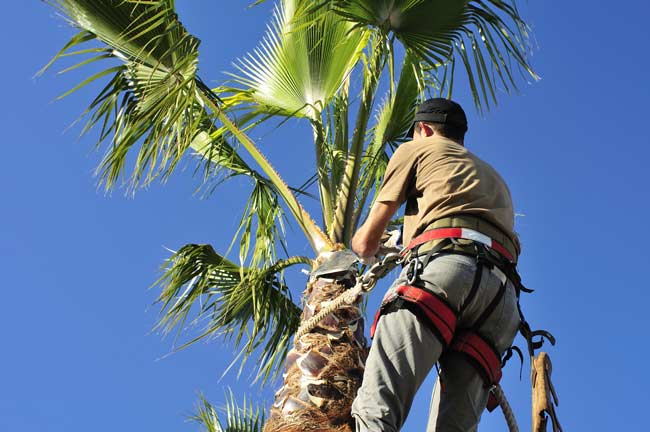

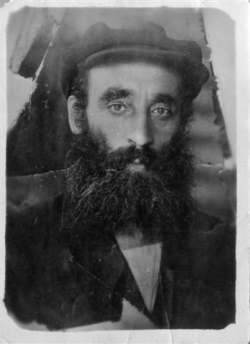
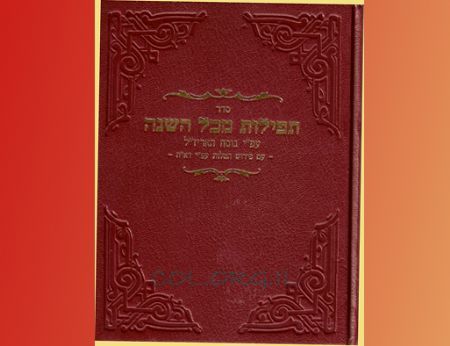
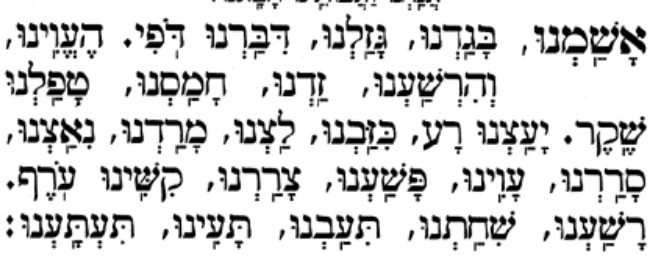
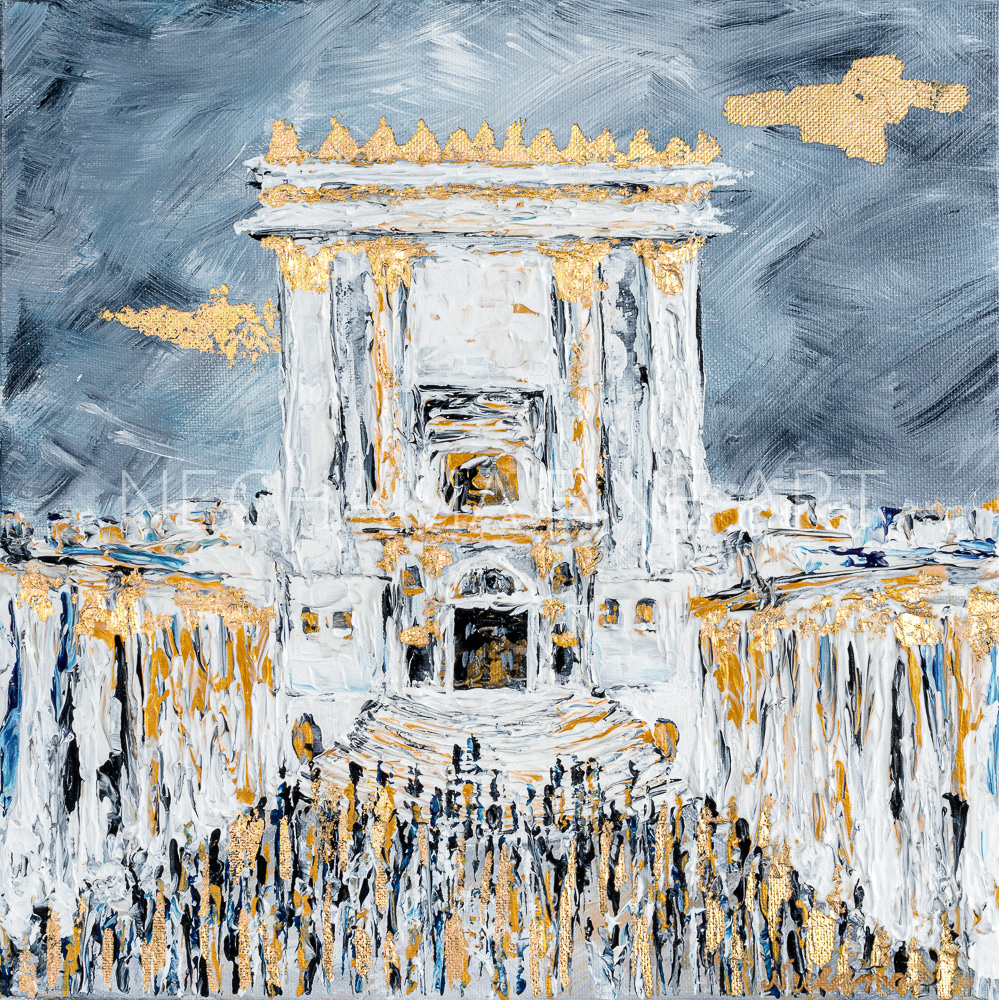 KVT
KVT